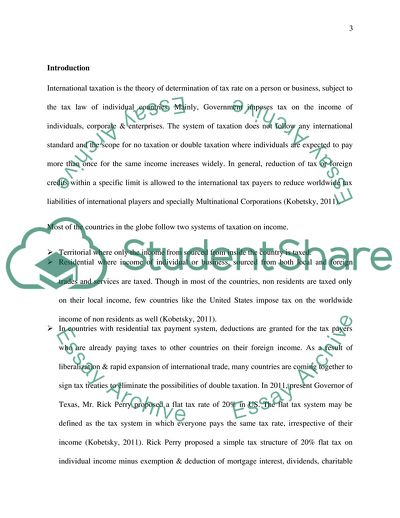Cite this document
(International Taxation: Policy and Practices Assignment, n.d.)
International Taxation: Policy and Practices Assignment. https://studentshare.org/finance-accounting/1846734-international-taxation-policy-and-practices
International Taxation: Policy and Practices Assignment. https://studentshare.org/finance-accounting/1846734-international-taxation-policy-and-practices
(International Taxation: Policy and Practices Assignment)
International Taxation: Policy and Practices Assignment. https://studentshare.org/finance-accounting/1846734-international-taxation-policy-and-practices.
International Taxation: Policy and Practices Assignment. https://studentshare.org/finance-accounting/1846734-international-taxation-policy-and-practices.
“International Taxation: Policy and Practices Assignment”. https://studentshare.org/finance-accounting/1846734-international-taxation-policy-and-practices.


